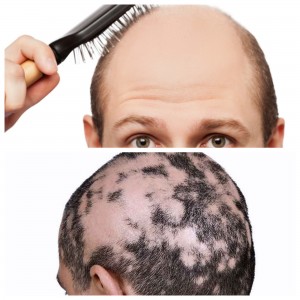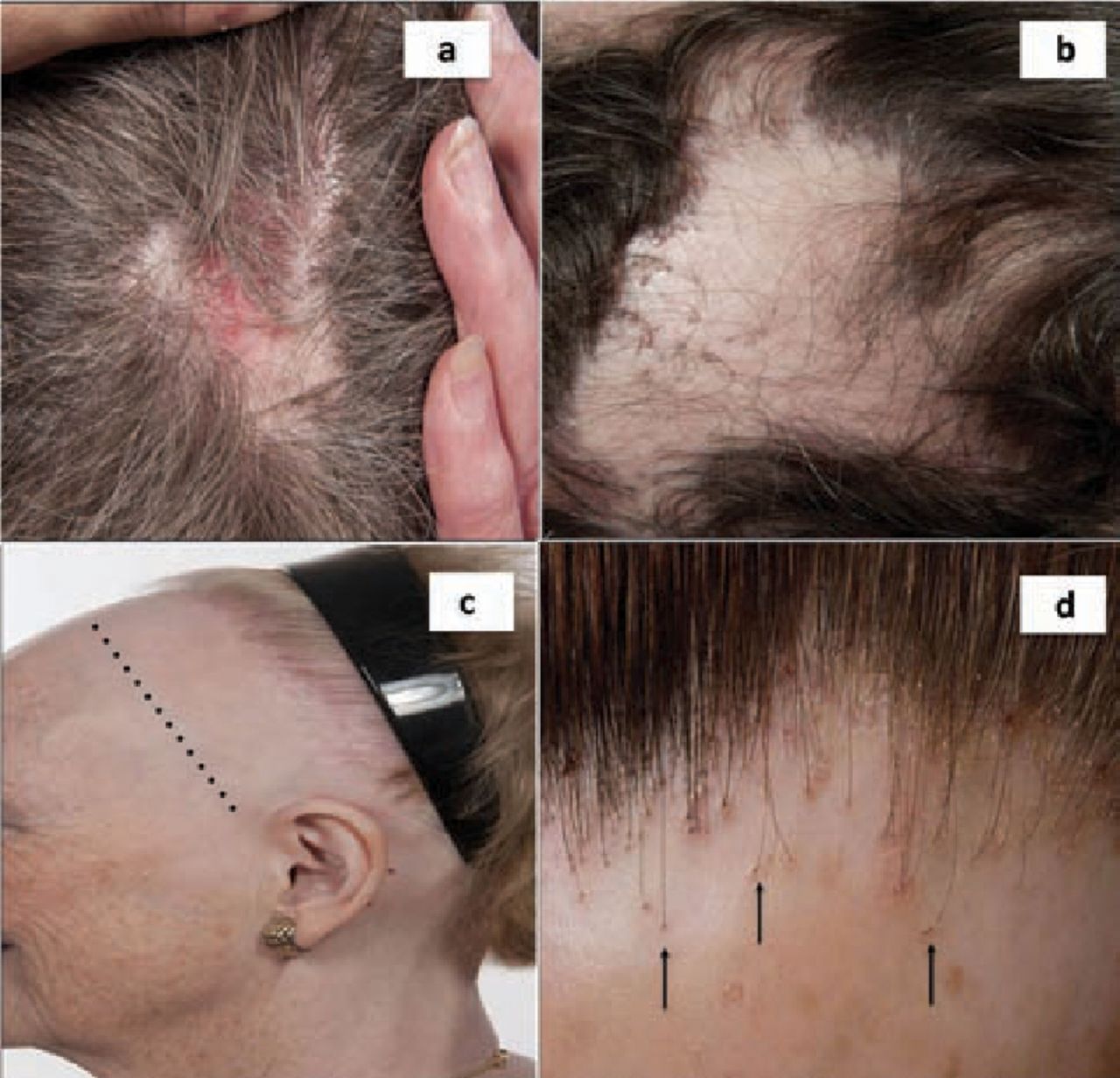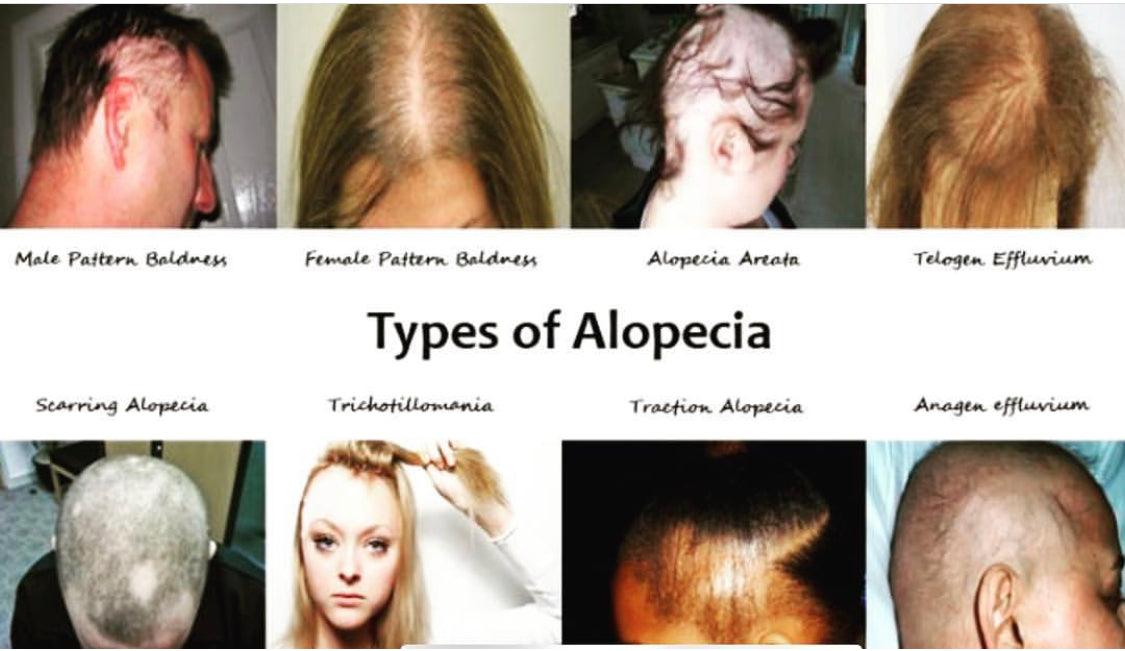

As a result, there are some treatment options that might help hair grow back, even temporarily. This means that hair regrowth can happen after many years of severe or widespread hair loss. Although there is no cure for alopecia areata currently, your hair follicles remain alive no matter what type you have.

For some people, hair may even regrow and not fall out again.

With all types of alopecia areata, hair loss and regrowth can be very unpredictable and cyclical (happen over and over). The hair loss occurs in a band along the sides and back of the head. Ophiasis alopecia is another alopecia areata type. It can be hard to diagnose because it looks a lot like other forms of hair loss such as telogen effluvium or male or female pattern hair loss. Other Alopecia Areata Types Diffuse Alopecia Areataĭiffuse alopecia areata results in sudden and unexpected thinning of the hair all over the scalp. Alopecia Areata UniversalisĪlopecia universalis results in hair loss across the entire body, including eyebrows and eyelashes. Alopecia Areata TotalisĪlopecia totalis results in hair loss across the entire scalp. Alopecia areata (AA) is an autoimmune condition that’s caused by the immune system’s attack on hair follicles, affecting new hair growth. Persistent patchy alopecia areata is characterized by patchy scalp hair loss that continues over a long period of time without ever developing into extensive alopecia areata such as totalis or universalis. This type may convert into either alopecia totalis (hair loss across the entire scalp) or alopecia universalis (hair loss across the entire body). The three main alopecia areata types are: Alopecia Areata (Patchy)Īlopecia areata (patchy) causes one or more coin-sized, usually round or oval, patches on the scalp or other places on the body that grow hair. Alopecia areata (patchy) causes one or more coin-sized, usually round or oval, patches on the scalp or other places on the body that grow hair. Patients with alopecia may experience periods of hair regrowth and hair loss. It most commonly begins as isolated patchy hair loss. Alopecia universalis consists of complete hair loss on all parts of the body. It is the most severe form of alopecia areata, and as such is quite rare, occurring only in around 1 in 100,000 people.Īs well as the three types of alopecia outlined above, there are a couple of other ways alopecia can be classified.There are different alopecia areata types or forms, causing varying amounts of hair loss.
Alopecia universalis vs alopecia areata free#
This term relates to hair loss all over the body, meaning that the entire epidermis is free from hair. It is a more advanced stage of alopecia areata, which progresses to totalis and universalis in around 1 – 2 per cent of cases. This is hair loss affecting the whole of the head, including eyelashes and eyebrows. Androgenetic alopecia may be diffuse or in. Diffuse hair loss is commonly due to telogen or anagen effluvium. This is one of the most commonly reported types of hair loss, referring to bald patches or spots on the scalp. Patchy hair loss is often due to alopecia areata, tinea capitis, and trichotillomania. But what is the difference between the three? However, what they don’t always know is that there are three main types of the condition – alopecia areata, alopecia totalis and alopecia universalis. Most people know alopecia to be a form of hair loss.


 0 kommentar(er)
0 kommentar(er)
